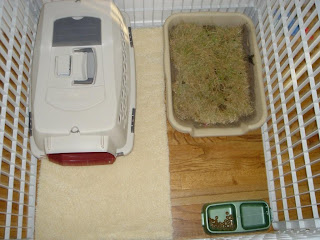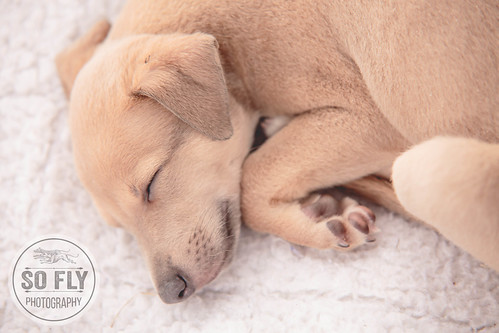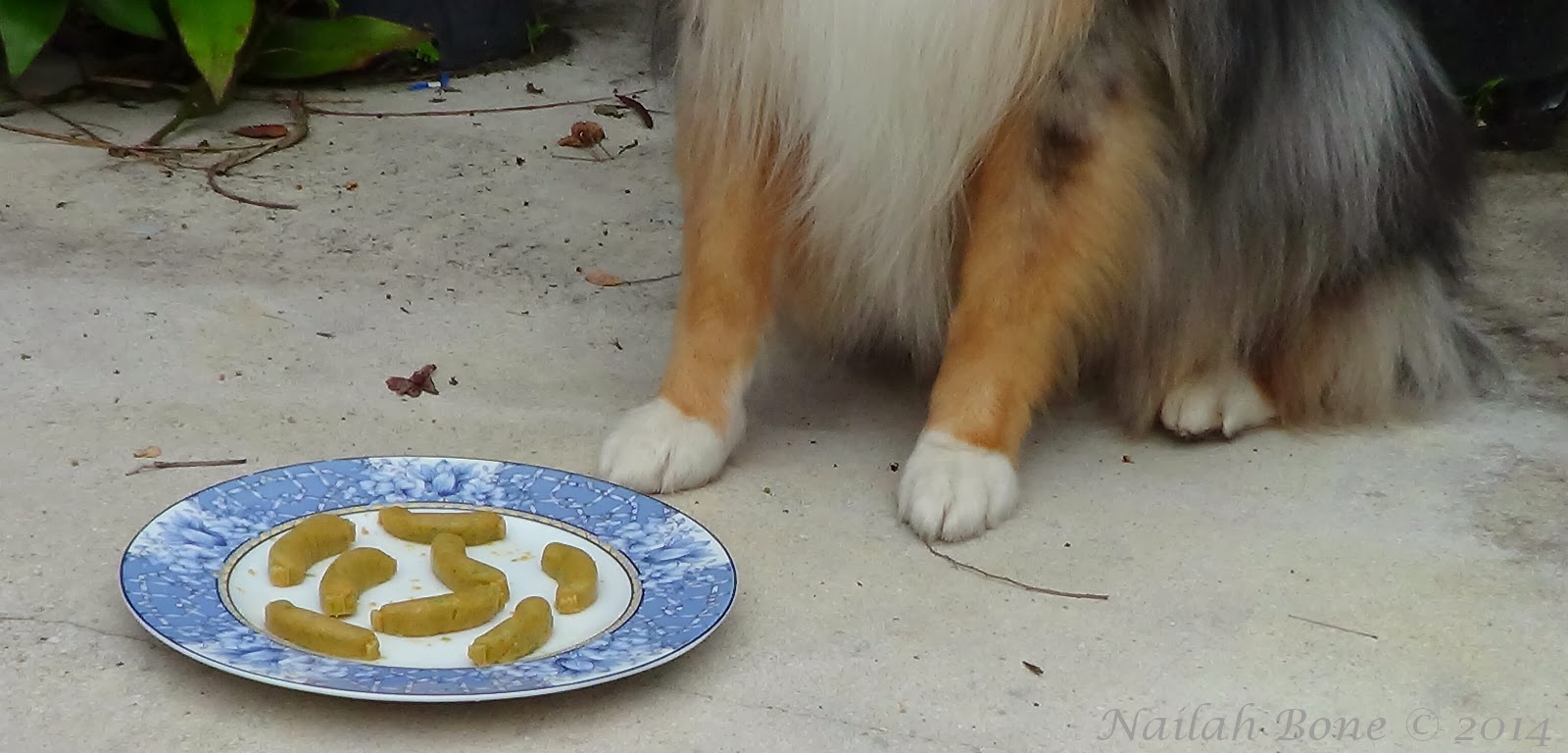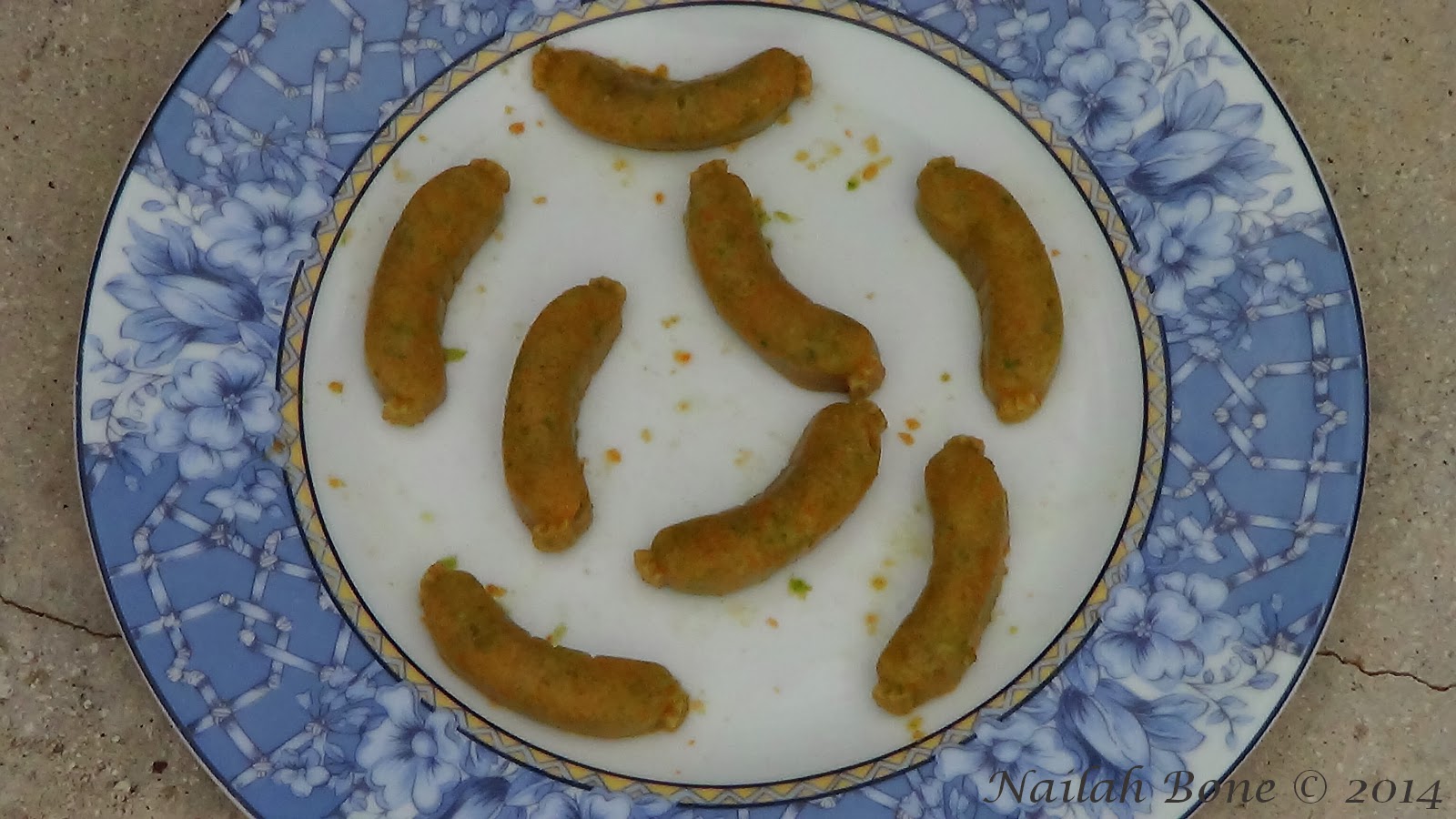Here are 3 simple pitbull puppy training tips to help you get started straight away.
(The following tips have been taken from the following full guides to pitbull training: Pitbulls Revealed and The Pitbull Guide)
1. Start Training As Early As Possible
It is best to start training as early as possible - exact age varies but around just 3-4 weeks old is usually idea. As soon as your puppy can understand its name and basic commands and tone of voice you should get started.
Without giving them dedicated attention and careful training their natural aggression may surface and they may become harder to train as they get older. The longer you leave it the harder it will get, and the more frustrating the whole process can be.
Start off by teaching your pitbull its name and some simple commands such as "Sit" and "Stay" and then continue with some basic housebreaking. Further, more complicated training and proper obedience training can wait a little while - it is best to start simple and work upwards. Start with the basics and essentials so your puppy can understand basic commands, right and wrong tone of voice and starts to get house trained.
2. Show It You Are The Boss
Teaching your puppy early on that you are the boss, and you are the one who rewards and punishes is vital. It must be clear that you are its master, and that he must obay your commands. Dont give it too much attention, or indluge its every wish - you must be able to draw the line and reinforce your rules.
Two simple ways to do this early on are, firstly to control its food - make sure your puppy knows you are the one who provides the food and only at certain times. Secondly dont allow it to be on high places - tables, chairs, beds etc - this is a simple way of making your puppy physically look up to you - when he is on your height level he will see himself as more of an equal and this should be stamped out early on so he knows his place, and knows you are the master.
3. Be Firm Yet Fair
Consistency is key with training a pitbull puppy. They can be very stubborn and need to be shown things many times often. For example; with house training you will probably have to take them outside many, many times before they learn to go outside or ask to be let out.
It can be tempting to really raise your voice or to get aggressive back, but the key is to be firm and fair, and consistent. To change the tone of your voice to show the behavior is wrong and lead your puppy to the correct behavior.
These tips have been taken from the following resources:
 The Internets leading guide to pit bull training. This guide is an excellent resource and covers every area you would need on pitbull training - written by a a pitbull fanatic and breeder Tim Amherst.
The Internets leading guide to pit bull training. This guide is an excellent resource and covers every area you would need on pitbull training - written by a a pitbull fanatic and breeder Tim Amherst.Pitbulls Revealed is THE ultimate guide to training a pitbull terrier available. It is essential reading for anyone serious about training their pitbull and answers all of your pit bull training questions and shows how to train your pitbull to not just be a well behaved and obedient pet, but a real part of the family too.
2. The Pitbull Guide (by Chad Zetrouer)
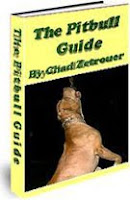 This ebook is excellently written, in simple and down to earth language, and in many ways it is a more well rounded guide which covers all areas of lraising and training a pitbull terrier.
This ebook is excellently written, in simple and down to earth language, and in many ways it is a more well rounded guide which covers all areas of lraising and training a pitbull terrier.It is a little different from the Pitbulls Revealed guide; arguably a more complete guide as it doesnt JUST cover information on pitbull training, but also covers other areas such as the complete lifecycle of a pitbull, typical behavior patterns you will encounter, whether to spay your pitbull, important health and nutrition information, and even more.
3. Secrets To Dog Training
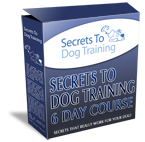 This guide is not exclusive to pitbulls, but we cant recommend itenough. This is knownas the "Bible of Dog Training". It contains everything you will ever need for training your dog; obedience training, house training, pretty much every trick in the book and a whole lot more.
This guide is not exclusive to pitbulls, but we cant recommend itenough. This is knownas the "Bible of Dog Training". It contains everything you will ever need for training your dog; obedience training, house training, pretty much every trick in the book and a whole lot more.It is instantly downloadable with over 160 pages, featuring easy to follow step by step instructions, and full color pictures.
Thats not all, you can now receive a FREE 6 day course in dog training delivered via email

